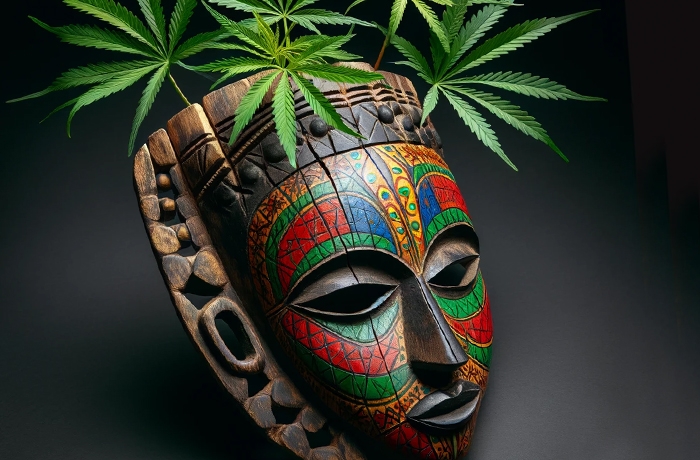African Genetics
The less explored continent in the context of cannabis cultivation and consumption culture has given the world many well-known strains, ranging from pure landraces to the carefully crafted creations of local masters and visiting professionals. The popularity of hybrids from Africa is undeniable, and if you are not familiar with them, it is a significant omission that needs to be corrected as soon as possible, because behind the collective term "Africa" hides a whole cluster of diverse and remarkable strains.

History
Cannabis culture, both the cultivation of the plant and the consumption of the end product, reached the African continent centuries ago. The first hubs were the countries and colonies along the trade routes from Asia, Ethiopia, Zimbabwe, South Africa and the Mediterranean coast. These areas were the primary locations for the first cannabis plantations. Many of these countries remain the cornerstones of the cannabis industry due to the unique characteristics of their landraces.
Perhaps the greatest success was in South Africa, where Durban Poison became a celebrity strain. In addition, Malawi Gold, Kilimanjaro, Ethiopian, Red Congolese and many other strains gained considerable popularity. Initially, these unique landraces were only in demand in the Netherlands. Today they are known worldwide, not least because of their potent effects resulting from a high THC content and a broad terpene profile.
Features
Most African landraces and hybrids derived from them are dominant sativas. This explains their amazing productivity, both in terms of bud weight and resin production. Many authentic African cannabis strains have been cultivated on the continent for generations. These strains have unique genetics and characteristics specific to their region. Due to the climatic conditions of Africa, most strains prefer a subtropical climate. Varieties that carry African genetics tend to have intense and complex aromas of fruits, spices, earthy notes and even floral undertones with a distinct trace of hashish.

Prospects and Product Range
Given the official legalization of cannabis in South Africa (except for the continued prohibition of sales for recreational use) and the adoption of more lenient policies in the northern and central parts of the continent, we will see the progress of breeders from this part of the world. The Equatorial and North African regions look equally promising. For now, the fertile lands of the continent are more under the control of international medical cannabis companies. Hopefully, this situation will change in favor of local and visiting breeders. While there are not many pure African cannabis strains, their genetics are significant in other sativa-dominant and even indica-dominant hybrids. Preserving and protecting these unique genetic masterpieces becomes an important mission, especially for the passionate breeders at the KADAMA seed shop.
![[``]](/wa-data/public/site/themes/kadama/img/kadama_logo.svg)




